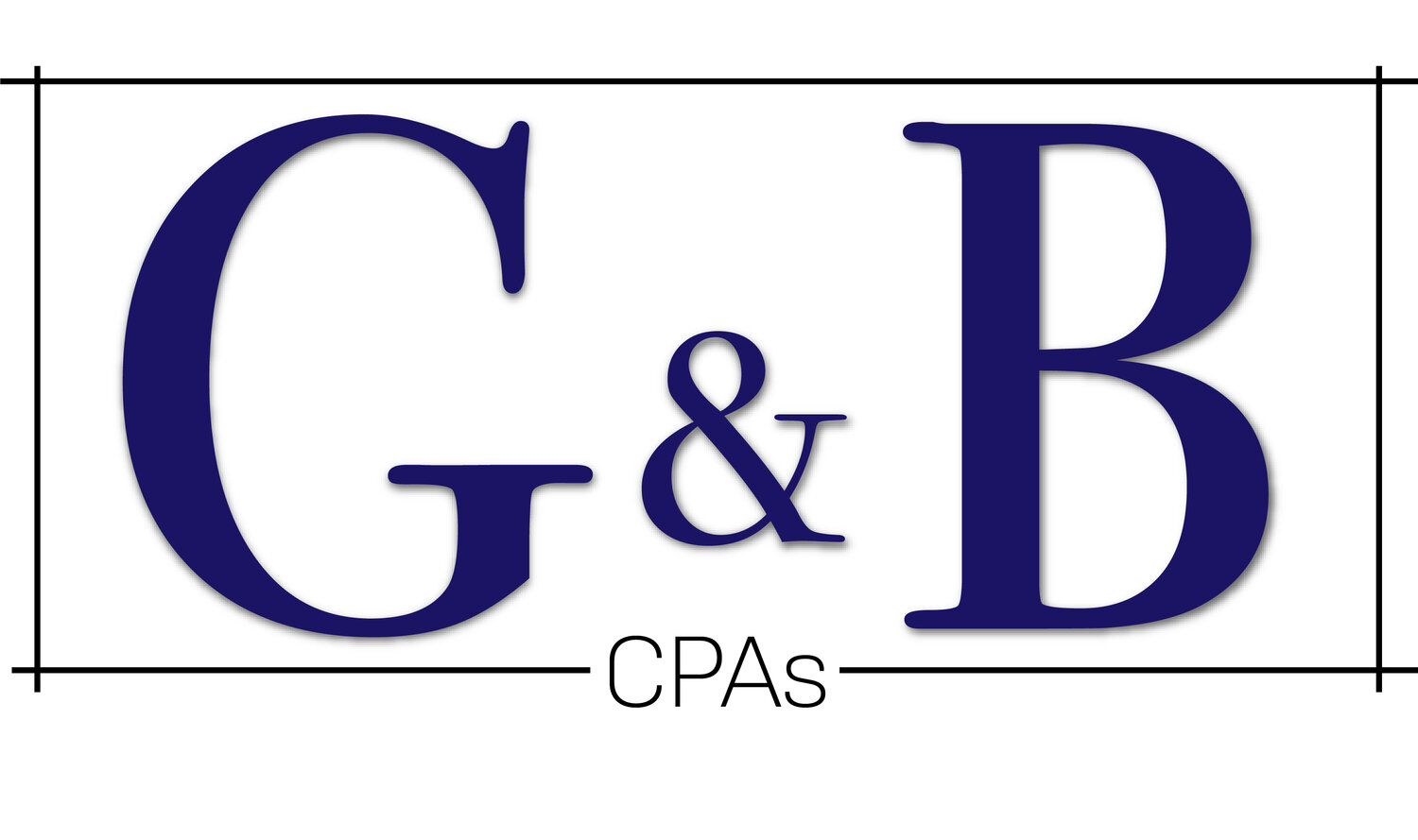IRS Update on Audits
www.irs.gov
A key component in promoting the highest degree of voluntary compliance on the part of taxpayers is enforcement of the tax law. By pursuing those individuals and businesses who don't comply with their tax obligations, the IRS is being fair to those who are compliant. This helps promote public confidence in our tax system for all taxpayers.
The IRS enforces the tax law in a number of ways. The primary way is through the examination of tax returns that are identified as having the highest potential noncompliance. This identification is determined using risk-based scoring mechanisms, data driven algorithms, third party information, whistleblowers and information provided by the taxpayer. The objective of an examination is to determine if income, expenses and credits are being reported accurately.
Types of Examinations
IRS employees conduct examinations or audits in one of two ways. The first is by mail and are called correspondence examinations. The second, called face-to-face examinations, take place in person at an IRS office or at the taxpayer's place of business. The complexity of the return determines whether the audit is by correspondence or in person. Certain individual non-business returns with low and medium adjusted gross income can be handled effectively by correspondence audit. All other returns selected for examination are better handled either as an in-IRS office examination or at the taxpayer's place of business.
Correspondence Examinations
Correspondence examinations are performed at IRS campus locations by tax examiners, who are GS-5, 6, 7, or 8. The IRS currently employs 969 tax examiners conducting correspondence examinations of simple individual Form 1040 returns. Generally, the questionable issues are EITC, additional child tax credit, American opportunity tax credit, medical expenses, contributions, taxes, or employee business expenses. Tax examiners receive training on these issues but are not required to have accounting skills. An additional 144 tax examiners conduct correspondence examinations of non-resident alien returns (Form 1040NR) focusing generally on withholding.
Correspondence examinations are less burdensome for taxpayers than in-person audits as they mail in their documentation and don't have to travel in or take a day off from work to visit an IRS office. They are also the most efficient use of IRS' examination resources with a correspondence examination costs the IRS approximately $150. In FY 2018, the IRS conducted 75% of examinations by correspondence.
Face-to-Face Examinations
Tax Compliance Officers (TCOs), who are GS-7, 9, and 11, conduct face-to-face examinations in IRS offices (sometimes called an "office audit"). The IRS currently employs 572 TCOs. TCOs receive more training than tax examiners and have some accounting training. An audit by a TCO generally requires an in-office interview of the taxpayer but doesn't require an on-site inspection of the taxpayer's books, records, or assets. The types of issues selected for an office audit are income from tips, pensions, annuities, rents, fellowships, scholarships, royalties, and income not subject to withholding; deductions for business related expenses; deductions for bad debts; determinations of basis of property; capital gain versus ordinary income determinations; and complex miscellaneous itemized deductions such as casualty and theft losses.
The most complex returns, which are certain individual, corporate, and partnership returns, are audited by a Revenue Agent (RA) at the taxpayer's place of business. Revenue Agents are our most highly trained and experienced employees with substantial accounting skills and are GS-9, 11, 12, 13, and 14. The IRS currently employs 6,463 RAs. Their skills are required due to the complex business transactions of the taxpayer, more voluminous records, and extensive time required to complete the audit. In addition, the issues involved in a RA audit may require assistance from a specialist, such as an engineer, economist, or appraiser. Since these are the most costly examinations conducted by the IRS, RAs are directed to the most egregious noncompliance areas. These include high income, high wealth taxpayers, cash intensive businesses, transfer pricing, executive compensation, research and development credits, crypto currencies, partnerships and flow through entities, micro captives, offshore transactions, and syndicated conservation easements.
